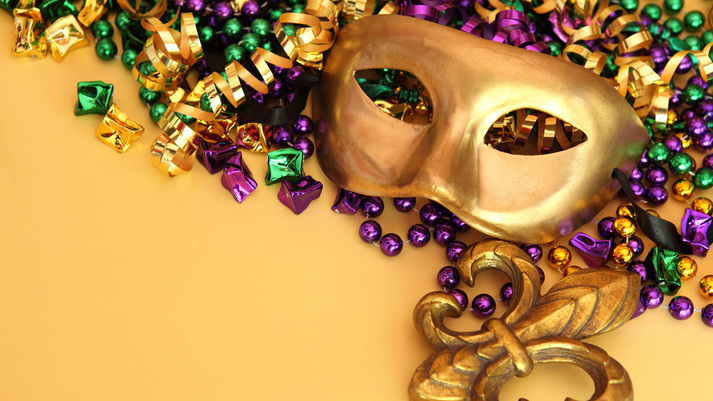
Fun Facts:
- The name Mardi Gras means Fat Tuesday, a day of feasting before the start of Lent on Ash Wednesday. This day is also known as Shrove Tuesday.
- Depending on where you are, Mardi Gras celebrations can span more than a month, either starting on Twelfth Night or being confined to the 3 days before Mardi Gras day itself.
- In addition to celebrations in New Orleans and Rio, other famous celebrations of the day take place in Baranquilla in Colombia, Port-of-Spain in Trinidad and Tobago, Mazatlan in Mexico and Quebec City in Canada. (See our article on Carnival Celebrations around the World for a snapshot.)
- The first known Mardi Gras parade in New Orleans took place in 1837, though prior to that it was celebrated in Mobile, Alabama in 1703.
- Floats became part of the New Orleans celebration in 1837 and since then have become an integral aspect of festivities.
- The official colors of Mardi Gras have meanings. Purple is for justice, gold is for power and green is for faith. These were chosen by the Grand Duke of Russia in 1857.
- Mardi Gras became a legal holiday in Louisiana in 1875.
- Krewes, which are parade groups, started as private social clubs. The oldest of these is Comus which was founded in 1857.
- The tradition of handing out items to the audience dates back to Renaissance Europe. In New Orleans, the first person to do that was a Krewe member dressed as Santa Claus in the 1880s.
- The Mardi Gras balls are another important part of the celebrations, but some of those are by invitation only.






 RSS Feed
RSS Feed
